Forestry in the north has a longer history than most realise and means and has meant so much more than simply the extraction of timber. On Melville Island (north of Darwin) it has been supporting culture, cermony and way of life for the Tiwi people for many thousands of years. The termite resistent Northern Cypress pine has had a long construction history in the north having built the first Government House in 1865 in what was to later be known as Darwin. It also featured as a product which has travelled the historical Macasan maritime trade route or Malay Road which the northeastern tip of Arnhem Land was a part of as far back as the early 1800’s and evidenced by northern cypress pine houses in the South Sulawesi, Indonesia.
In 1897 after one of the worst cyclones ever to strike the Northern Territory (known as the “Great Hurricane”), Melville Island with it’s one sawmill became integral to Darwin’s rebuild. This grew to three sawmills in 1898 as exports began.
There has also been numerous sawmills operating over the years in many other areas across the Territory to build infrastructure required for communities such as at the Mary River in 1910 which was run by the chinese processing local cypress pine, the Groote Island Mission in 1921, Woolaning in Litchfield which was run by the late Roy Petherick who milled paperbark, native pine and ironwood used in Darwin houses in the 1950’s, 60’s & 70’s, Maningrida and Murganella to name just a few.
In 1927 the South Australian government identified Melville Island as an ideal location for plantation forestry. This then led to the first plantations of exotic pine being trialled there in the 1950’s and 60’s. A large trial of cyress pine was also planted at Howard Springs in the 1960’s as part of Northern Territory Forestry Program
Approximately 42,000Ha. of forest plantation valued at $1.32b. It’s comprised of Acacia mangium on the Tiwi Islands along with Africian Mahogany and Sandalwood in the Douglas Daly, Katherine and Mataranka regions. The industry directly employs approximately 170 FTE’s and currently harvests $115M / annum of product for the domestic and international markets. In addition; there are 80 – 90M hectares of native forest which is either indigenous-owned or managed.
The Gumatj Corporation sawmill in East Arnhem is just one example of a great indigenous-led business supplying building materials for both the local and wider communities along with producing furniture, homewares and cultural instruments from the local stringybark eucalypts.
